Featured Articles
Be original, disrupt the conventional ways of thinking

EXCLUSIVE INTERVIEW: FRANCESCA CARTIER BRICKELL, DIRECT DESCENDANT OF THE CARTIER FAMILY
Francesca Cartier Brickell, the direct descendant of the Cartier family, was in India to attend a conference hosted by Saffronart on The Timeless Legacy of India Jewels. In an email interview with Niladri S Nath, she talks about what made Cartier one of the most revered luxury jewellery brands in the globe and the brand’s tryst with India. She has some tips for the aspiring jewellers, too.
TRJ: The first jeweller in the world to use platinum in jewellery and the first one to introduce the wrist-watch for men – Cartier takes pride in its illustrious journey. How would you define the journey?
Francesca Cartier Brickell (FCB): It’s perhaps hard to imagine now that Cartier is this vast multi-national empire, but at its origin, Cartier was essentially a start-up, an emerging family business driven by passion, entrepreneurship and innovation. To better explain this, it’s worth giving some brief background on Cartier: it was founded in 1847 by my great-great-great-grandfather, Louis-François Cartier. However, it was my great-grandfather, Jacques Cartier and his two brothers, Louis and Pierre, who brought the name to international renown in the early 20th century. Their drive led them to design the first wristwatch after a pilot friend of Louis complained that a pocket watch was impractical while flying. They pioneered the use of platinum in jewellery since it was stronger than silver, which allowed them to create more delicate designs than ever before. And they kept on innovating until they had built a name for themselves and become the jeweller of choice for the world’s wealthiest elite.
TRJ: Cartier is one such jeweller that has successfully developed its signature motif (the world-renowned panther motif) and unique design language. How important is it for a jeweller to develop a unique design language?
FCB: I would say it’s fundamental for a jeweller to have their own strong aesthetic sense and a style that suits this. But I don’t think a ‘style’ can be limited to a single motif. Of course, the panther was one of Cartier’s important themes, but it was one of many hundreds. Over the course of several decades, my ancestors designed garland style necklaces, bold art deco designs, vibrant tutti frutti jewels, ground-breaking watches, mystery clocks, objets d’arts, bags, cigarette holders, vanity cases… There were so many different pieces and yet, importantly, they were all true to the Cartier style aesthetic. The brothers were obsessed with creating their own unique approach. I used to ask my grandfather, ‘Can you describe to me the Cartier style?’ He replied, ‘Well, it is modern but classic, beautifully made but yet understated. It’s so hard to describe in a word, but as soon as you see it, you know it is Cartier’.
TRJ: What motivated you to begin the initiative ‘Creating Cartier’?
FCB: I was very close to my grandfather, Jean-Jacques Cartier. He had always regretted that only one side of the Cartier story – predominantly focused on one family member, Louis Cartier – had been recorded in the glossy jewellery books. So I asked him if I could write his memoirs to try to share a more complete story. I became so enthralled by Cartier’s history that I left my job in the City to research it. Over the past decade, I have been travelling all over the world meeting people who knew those times and tracking down old letters and photographs – often thanks to people contacting me via my CreatingCartier.com website or even Instagram. I am writing up all my research about the family behind the firm, and the reasons behind the success of this internationally recognised jewellery business in a forthcoming book, “Creating Cartier”.
TRJ: What are the historic links between India and Cartier?
FCB: India was one of the most important markets for Cartier. My great-grandfather Jacques first came to India in 1911. After the first world war, in the 1920s and 1930s, he came back to India every two to three years. Business-wise, the India link may well have saved Cartier from collapse during the Great Depression, giving the firm valuable business with the maharajahs at a time when its traditional Western clients were suffering badly.But the importance of India for Cartier was not limited to the commissions from here. In the early 20th century, the theme of orientalism and India was in vogue in the West. Cartier tapped into this. India was also important for buying gemstones. Right from his first trip in 1911, Jacques started meeting gem dealers. Because he was plugged into the market, Cartier was able to source the best gemstones before others had even heard of them.
TRJ: It seems that Indian culture had a significant effect on the design inspiration on Cartier. The tutti frutti jewellery has been one such example. Please tell us more about the influences that the vibrancy of Indian culture had on Cartier.
FCB: Absolutely, Cartier in India proved to be a source of mutual inspiration, bringing Cartier’s understanding of European fashion to the East and, in turn, Eastern fashion back to the West. When Jacques travelled around, he obviously experienced a different culture to the one he was used to—the vibrancy, the sights, a previously unimaginable mixing of colour and shapes. All this formed the inspiration for Cartier’s important tutti frutti jewellery that has remained so popular. The fashion at the time in the West was for more monotone, simple pieces; a mix of bright sapphires and rubies and emeralds was rebellious and appealed to the European And American trendsetters back then.
Cartier was ahead of the crowd in the West, and equally so in the East. The maharajahs wanted jewels to be made in platinum, which was fashionable in the West, instead of gold. They appreciated Cartier not only for their workmanship but also for being the jewellers to aristocratic society in Europe. There are so many incredible commissions from that time! Among them are the emerald head-dress for the Maharajah of Kapurthala, and the spectacular diamond necklace for the Maharajah of Patiala which contained 2,930 diamonds and weighed over 1,000 carats. Also, the coloured diamond cascade necklace that Jacques made for his great friend, Ranjitsinhji (known as Ranji) the Maharajah of Nawanagar.
TRJ: Why do you think conferences like The Timeless Legacy of Indian Jewels hosted by Saffronart are important?
FCB: I’m told that the Saffronart event is the first international conference held in India of its kind, certainly of its scale, focusing on the centuries-old cultural legacy of Indian jewellery. Minal Vazirani and Usha Balakrishnan did a fantastic job organising and curating the event, and it was a far-ranging discussion of how Indian jewellery relates to art, aesthetics, culture and design, linking them back to India’s 5000-year-old legacy. I myself wasn’t fully aware of just how vast the heritage of Indian jewellery is. As Usha said, it ranges from the Great Mughals to the Maharajas, and from the mines of Golconda to the by-lanes of Benaras. The world needs to know more about this legacy!
TRJ: Who were your favourite speakers from the conference and why?
FCB: There were so many fantastic speakers, including Tom Moses of the GIA, Lisa Hubbard, former head of Jewellery for Sotheby’s and Susan Stronge of the V&A museum, that it’s hard to pick out the highlights. Given the historic links with Cartier, I especially loved hearing the closing presentation from Maharani Radhikaraje Gaekwad who shared images of the Royal Family of Baroda, some of which had never been seen before, and spoke of their unparalleled collection of jewels.
TRJ: What’s your view on the luxury jewellery retail trend in India especially after your recent visit for Saffonart’s jewellery conference? What are your observations on sensibilities of Indian jewellery buyers and the consumption pattern?
FCB: Obviously, the Indian jewellery market has seen incredible growth, reflecting the surge in disposable income of the Indian middle class coupled with a long tradition of jewellery’s importance. India now consumes about a third of the world’s supply of gold. But as this conference illustrates, I see growing interest not just in the latest jewellery fashions, but also in the heritage of Indian jewellery. By that, I mean not just the jewels of the Maharajahs but age-old Indian jewellery traditions. And I think that’s great to see. I was brought up believing that jewellery is art, not just fashion – certainly, my grandfather and his father were artists, who loved painting and collecting art just as much as designing jewellery.
TRJ: Please tell us about some emerging luxury and design trends that have captured the imagination of the consumers in the West.
FCB: Compared to 100 years ago, I think it’s pretty tough for the luxury sector at the moment – these days, people in the West don’t dress up in the same way. Millenials are shying away from status symbols. So it’s a dilemma for designers to know how to create something that works with today’s Western lifestyle but which is enduring. In that context, what I find fascinating is the persistent appeal of those antique Cartier pieces, especially the India-inspired ones, which keep breaking records at auctions. They are so beautifully made. Manufacturers just cannot justify that kind of quality these days. At a time when we can buy almost anything at the click of a button, it is the irreplaceable creations of the past that are the real treasure.
TRJ: How are the consumer sensibilities evolving in the Middle East? Can you specify the key changes in the consumer demand patterns there?
FCB: To be honest, I’ve been so focused on India of late but I’m planning a trip to the UAE and Bahrain next year, which I’m looking forward to, so I’d be happy to report back after that.
TRJ: What are your suggestions to the progressive jewellers who want to be in the league of world-renowned jewellery brands?
FCB: Be original, disrupt the conventional ways of thinking, try to innovate. When it came to design, the Cartier brothers would never copy, they would only create.They felt that anything and everything – from travel, to fashion, nature and art – could and should be a source of inspiration, but never existing jewellery! Their sketchbooks are full of drawings of railings, staircases or furniture. They loved symmetry and proportion, they were inspired by the neo-classical buildings in Paris as much as by Indian temples. They hired designers from different fields, like tapestry designers, lace designers, architects and interior designers. They wanted to bring something totally new to jewellery and, because of that laser-like focus on originality, we’re still talking about them a hundred years later…

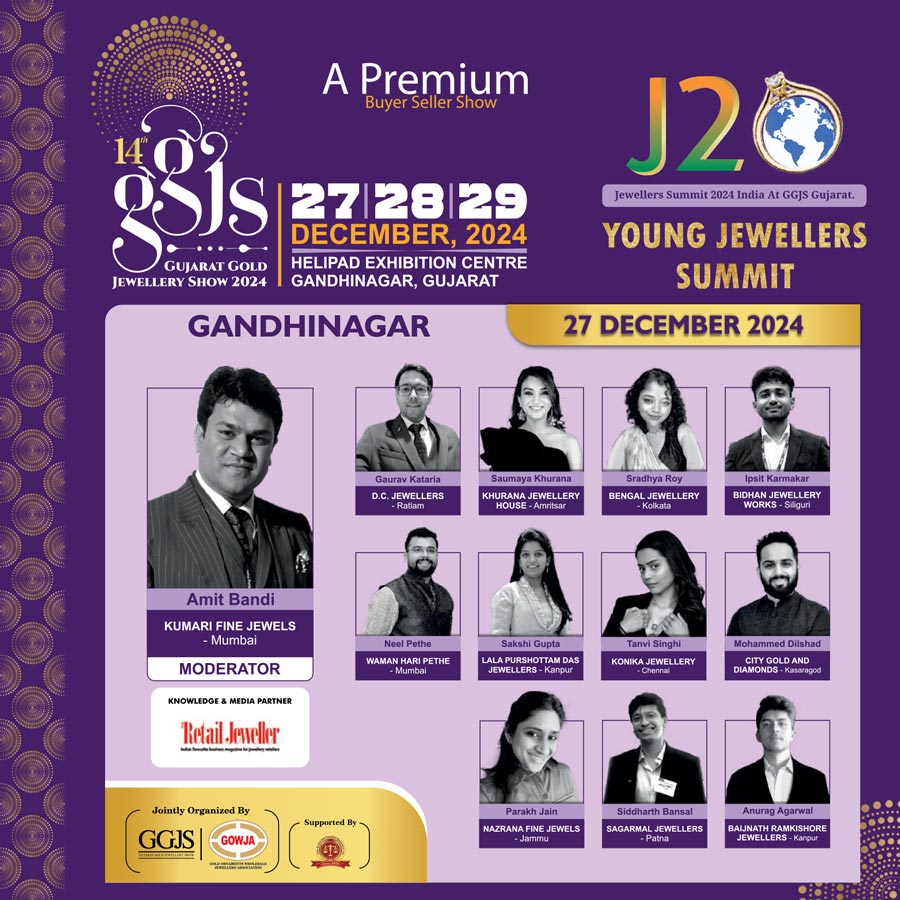
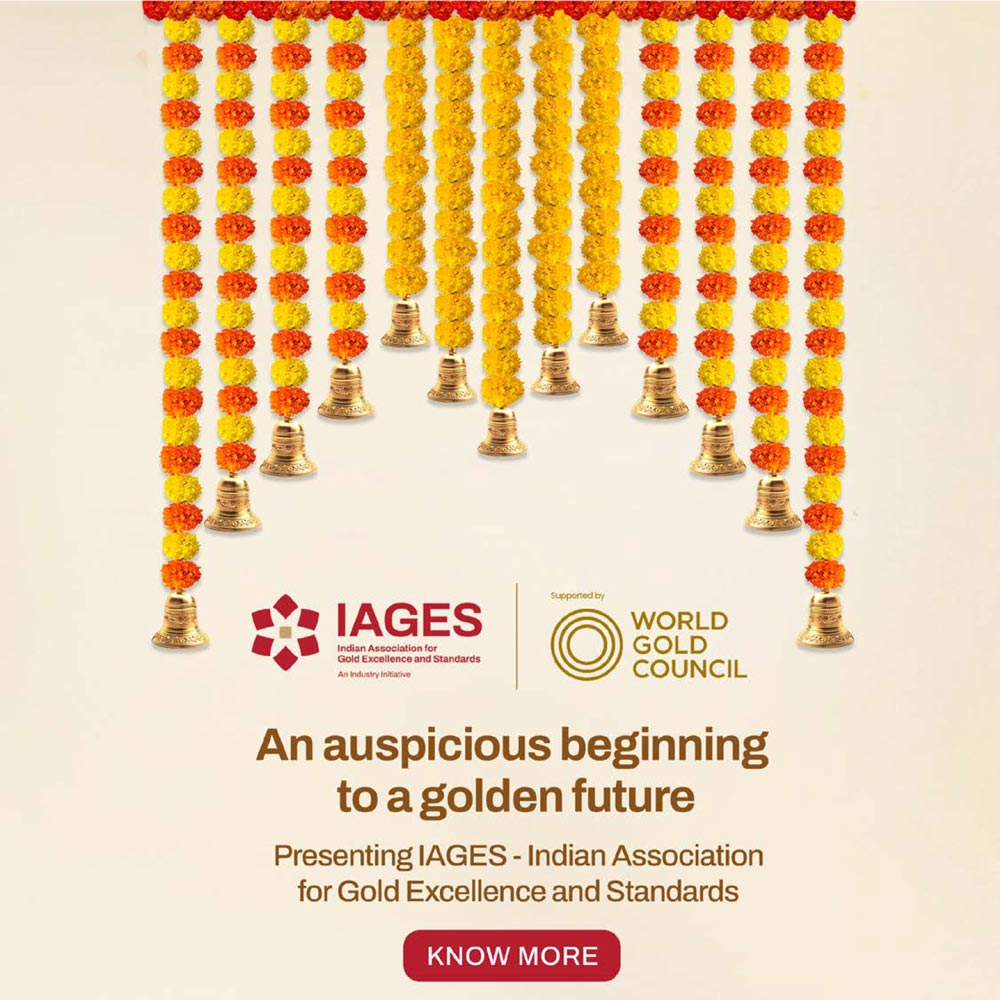
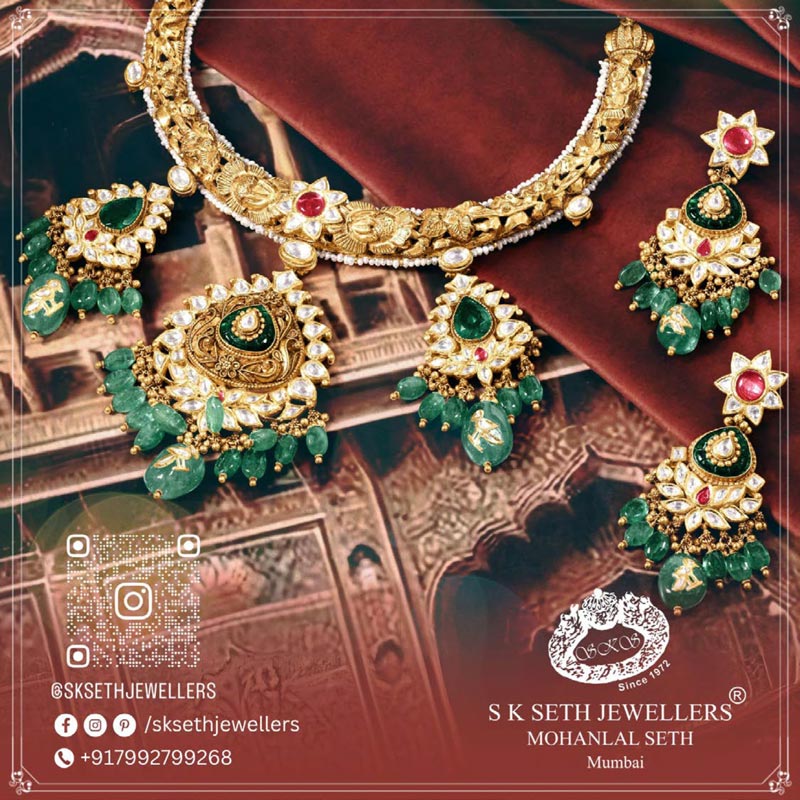
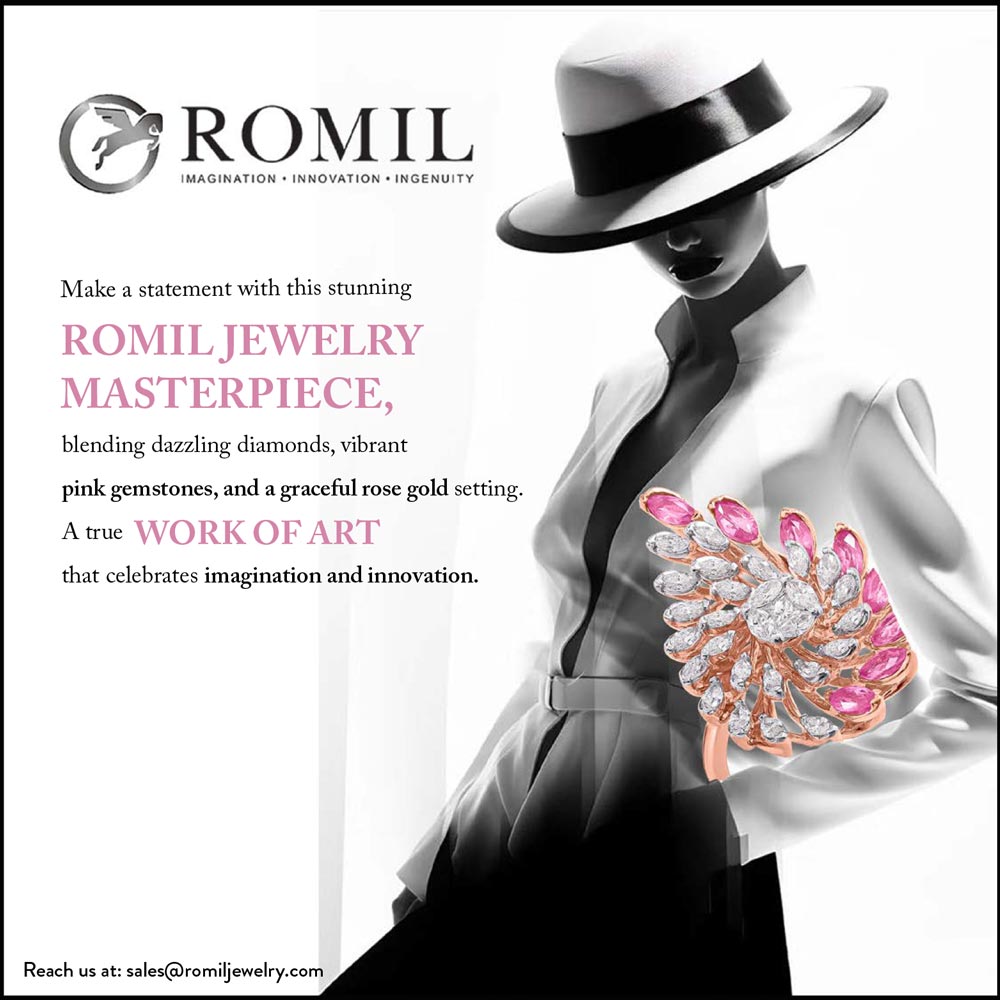
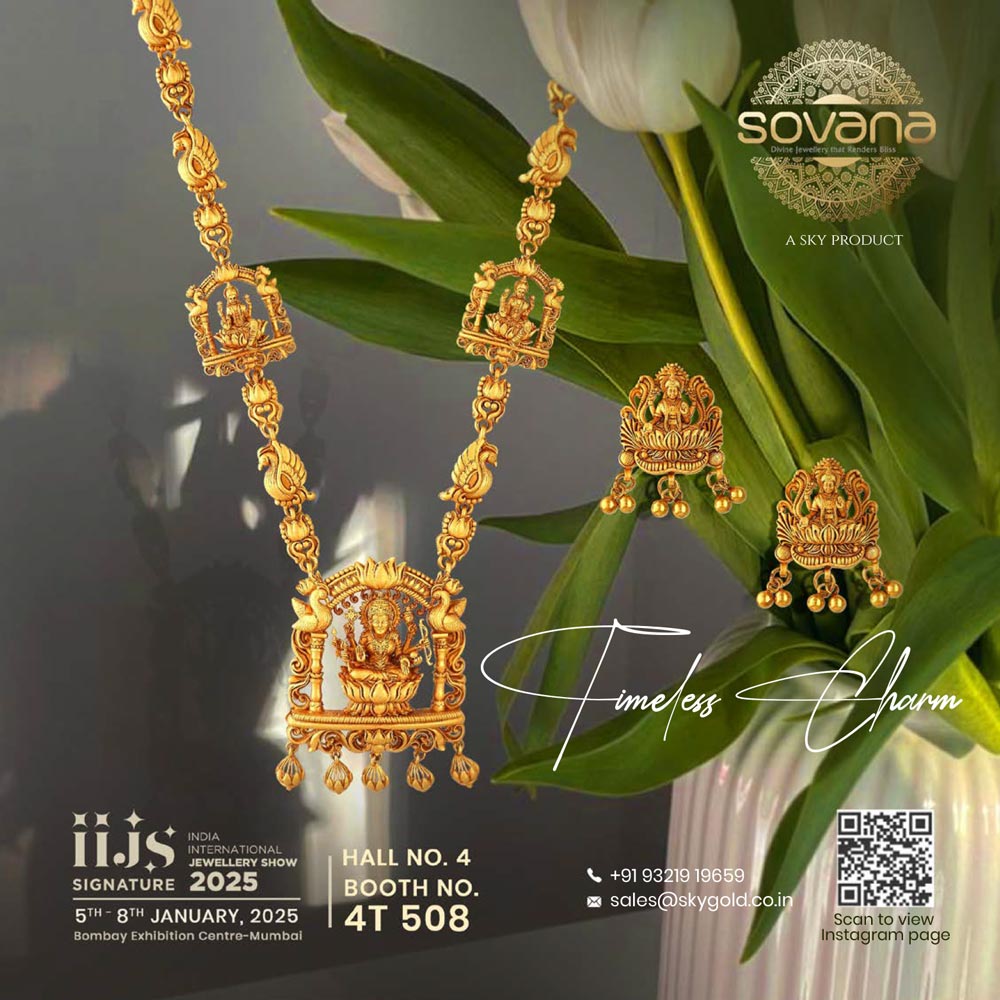
-

 Daily News2 months ago
Daily News2 months agoTrent, a TATA subsidiary, launches lab-grown diamond brand ‘Pome,’ shares surge 7.67%
-

 Daily News2 weeks ago
Daily News2 weeks agoMalabar Gold & Diamonds launches ‘Heritage Show’ in Mangalore, featuring jewellery inspired by Maharanis
-

 Daily News4 weeks ago
Daily News4 weeks agoSavji Dholakia’s visionary water conservation project ‘Bharatmata Sarovar’ reinforces commitment to sustainability
-
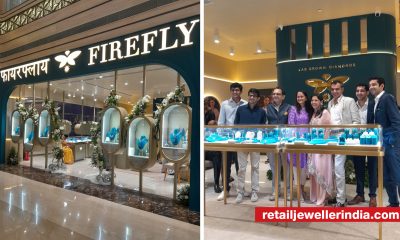
 Exclusive1 month ago
Exclusive1 month agoFirefly Diamonds makes a bold entry into Mumbai’s luxury retail scene with R City Mall store








